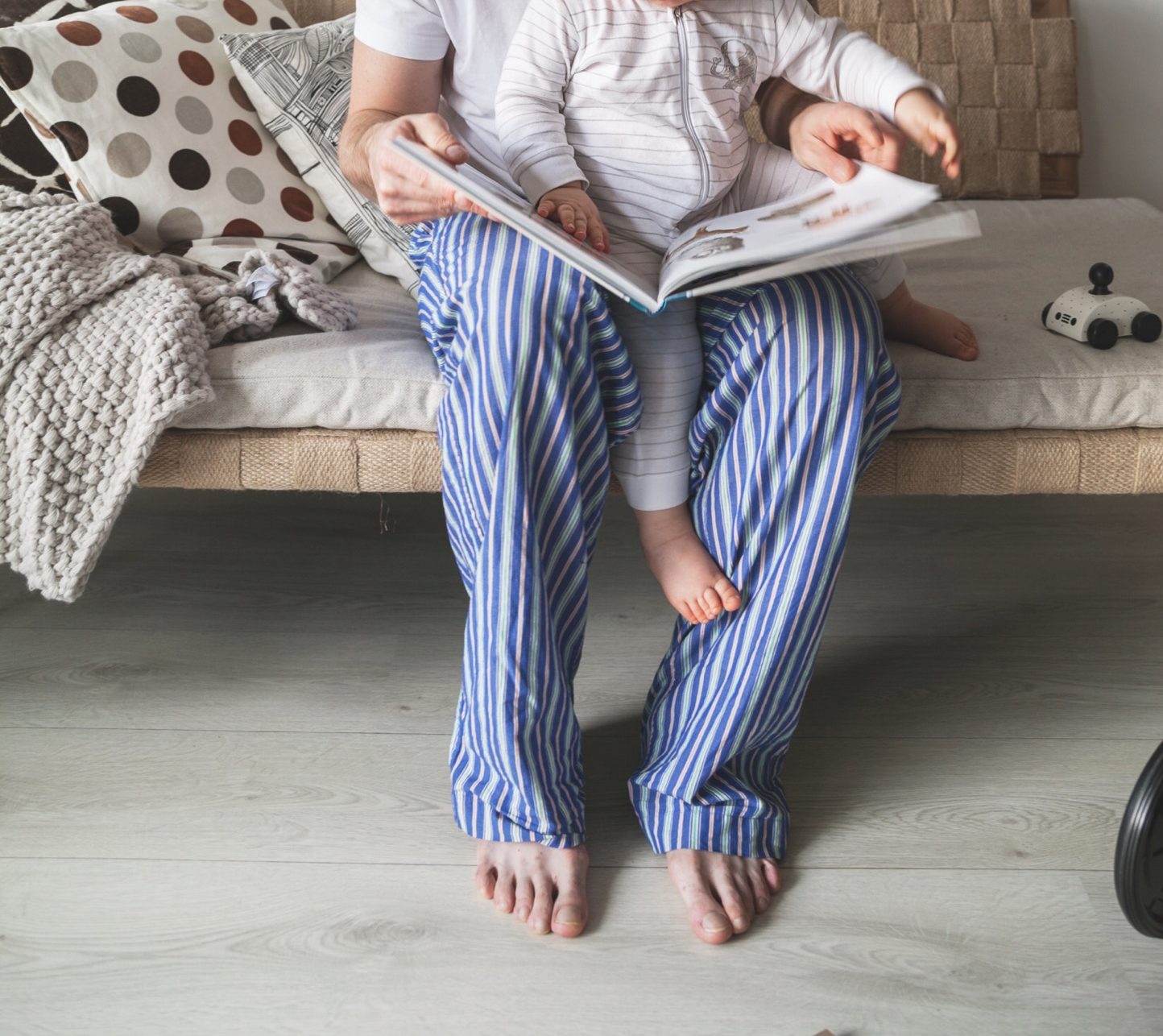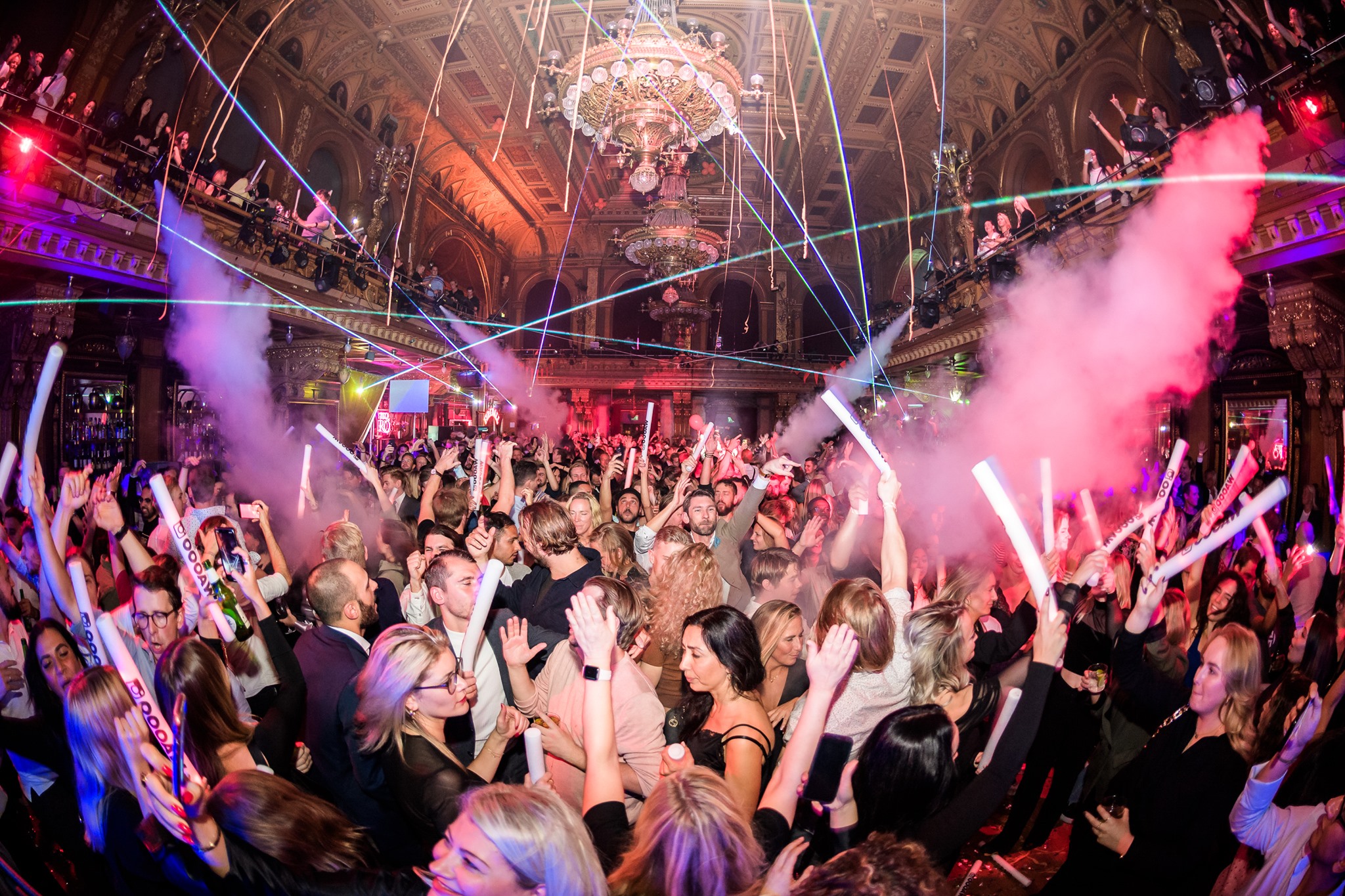New flooring has the power to completely transform your living space. With the right floors, you can make a kitchen look brighter, small bedrooms appear more spacious, and a lifeless living room seem more cheerful.
Updated floors are especially important to Scandinavian design, which emphasizes elegant simplicity, sustainable materials and uncluttered functionality. Like other Scandinavian countries, Sweden experiences long, dark winter days. Adding cozy home design features such as flooring that’s made from natural materials make interiors feel warm and inviting. Although many Swedish homeowners want genuine hardwood floors in birch, ash, or light oak, you can achieve on-trend Scandinavian design for less with these five flooring options that are both beautiful and budget friendly.
Bamboo Flooring
Bamboo flooring has the look of hardwood but often comes with a slightly lower price tag. This flooring is made of grass and not wood, and the bamboo strands are processed with high heat and strong adhesives to form planks that look like hardwood floors. Bamboo is naturally light in color, and it complements popular Scandinavian-style furnishings and color combinations.
The lower cost of bamboo in comparison with hardwood is only one of its benefits. Bamboo is known for its durability. A floor’s hardness is directly associated with its resilience. Industry insiders use Janka hardness ratings to give consumers an idea of a floor’s strength. Hardwoods such as cherry and red oak rank between 950 and 1,220 on the Janka scale. Natural bamboo has a Janka rating between 1,300 and 1,400. When you consider flooring maintenance, you’ll find that bamboo and hardwood floors require similar upkeep. You can clean bamboo and hardwood with cleansers that are specifically made for hardwood floors and you can refinish both materials.
Bamboo floors look great throughout most Scandinavian-style homes. Living rooms, dining rooms, family rooms, bedrooms, and hallways are ideal places to put bamboo floors. Bamboo doesn’t resist moisture well, but most makers of quality bamboo floors coat the bamboo planks with tough finishes that allow you to quickly pick up spills before they become serious problems. You’ll have to decide whether bamboo floors can stand up to the daily activities in your home.
Bamboo is also known as a renewable flooring material. Bamboo matures in three years, but the average oak tree takes 20 years to mature. Bamboo floors that are produced using clean manufacturing standards are also eco-friendly flooring options. To make sure that you install bamboo flooring that doesn’t contain toxic adhesives, buy products from companies that are certified by the Forestry Stewardship Council for their ethical and safe harvesting and manufacturing practices.
Ceramic Tile

If water-resistance is a priority feature in your Swedish home, it’s time to consider the advantages of ceramic tile. Ceramic tile is made from clay that’s fired to high temperatures, which leaves it almost impervious to water and stains. You can get these tiles in a variety of colors, and tile manufacturers even make styles that mimic the distinctive grain of hardwood. Installing hardwood diagonally is a standard home design trick to make a small space appear larger. It’s often more expensive to do this flooring project because you’ll need more wood than normal for the space. Laying down faux hardwood ceramic tile in a diagonal pattern allows you to achieve the look of custom hardwood flooring for a fraction of the cost.
In addition to its visual appeal and water-proof properties, ceramic tile is easy to maintain and durable. You’ll only need to sweep up loose debris and damp mop flooring surfaces to keep them looking like new. Mild cleansers, warm water, and soft cloths are okay to use on these floors. Ceramic tiles are one of the hardest flooring materials that you can get for your money. This material is ideal for high-traffic areas such as kitchens and bathrooms. When properly installed, ceramic tiles last for decades. You’ll also save on labor costs since ceramic tiles are easier for your contractor to lay down than hardwood floors. Ceramic tile floors become even more cost effective when you install them yourself.
Engineered Wood

Pale hardwood floors give rooms the light, airy look that’s characteristic of Scandinavian design. While these floors look fantastic, they often don’t fit within household home improvement budgets. Engineered wood is a stylish alternative to solid hardwood floors. Engineered wood is made from layers of wood that are bonded together with a plywood core. Cross-grain layering techniques make engineered wood strong and durable. These wood planks are topped with hardwood veneers and resilient polyurethane coatings. Engineered wood floors are easier to install than solid hardwood floors, which will save you money when you hire a building contractor to do the work. Some engineered wood floors can be installed without fancy tools, and you can tackle the project without professional help if you’re handy.
In addition to being budget friendly, an engineered floor is made to outperform solid hardwood in many ways. Solid hardwood expands and contracts more than engineered wood, and the amount of change depends on your home’s humidity level, flooring wood type, and flooring cut. Since the engineered floor is more structurally stable than its solid hardwood counterpart, you can install it throughout your home for a polished, cohesive home design. Designers recommend that you use the same flooring throughout your house to create a seamless flow. In some cases, following this design tip is difficult when you’re working with solid hardwood floors. Manufacturers advise against using solid hardwood flooring in basements, sunken living rooms, and directly atop concrete slab subflooring. However, you can easily install engineered wood floors in all these areas.
Engineered wood floors are more water-resistant than solid hardwood. Professional installers lay down a moisture barrier when they place engineered wood floors at or below ground level. This makes engineered wood floors a better option for kitchens in Scandinavian homes.
Painted Plywood
Abundant light and a warm ambience are important elements of house design since darkness shrouds many Scandinavian households for long periods of time during winter. Pale floors reflect light that comes from windows and fixtures. Birch plywood flooring is one of the most inexpensive alternatives to light-colored hardwoods such as ash and maple floors. Plywood is no longer restricted to subflooring; it’s showing up on ceilings, kitchen cabinetry and finish floors in current Scandinavian home designs.
Plywood is made of wood chips and fragments that are bonded by high heat and strong adhesives. This wood is sold in sheets and is widely available. To create the look of Scandinavian wood floors, you’ll have to cut the sheets into planks and install them over your room’s subfloor. Apply primer to the plywood planks before painting them; this helps the paint to adhere to the wood better. While white wood floors are popular in many Scandinavian designs, you can create a custom look within this style genre by choosing flooring colors in cream, blue, or gray. Since plywood is less dense than solid hardwood, you’ll want to add a durable polyurethane coating to your birch plywood floors after applying your paint color.
Painted plywood flooring works great in living rooms, dining rooms, family rooms, hallways, and bedrooms. Plywood floors are sensitive to moisture, and most building professionals don’t recommend installing them in kitchens, bathrooms, and basements. If you choose this alternative to solid hardwood flooring, make sure that you use paint that’s specifically designed for floors. This paint will help to protect your floors against years of heavy foot traffic.
Cork
When looking for new flooring for your home consider a practical wood flooring option such as cork that’s more comfortable and cost effective than hardwood. Cork isn’t the cheapest flooring alternative, but it’s less expensive than most exotic hardwood species. Manufacturers make cork flooring from the bark of cork oak trees that are primarily found in Europe, and most people consider cork to be a renewable and sustainable building material.
After it’s processed, cork has the look of natural wood, but it’s surprisingly easier on the feet. The soft material is perfect for homeowners who want stylish floors that don’t compromise comfort. Treated cork resists water for easy installation in kitchens. It’s the go-to flooring option if you have back problems but need to stand for sustained periods of time in your kitchen.
Scandinavian home designs are inspired by the region’s people, who are known as outdoor enthusiasts and good environmental stewards. With these flooring options, you can have it all. You’ll get lovely floors that enhance your home’s appearance, reflect your values, and fit within your budget. Please recognize that Scandinavian style isn’t just big in Sweden, though; it’s sought after around the world. As more people realize that they can pull together Scandinavian looks for less, you might see more of these flooring options in homes throughout your community and across the globe.












